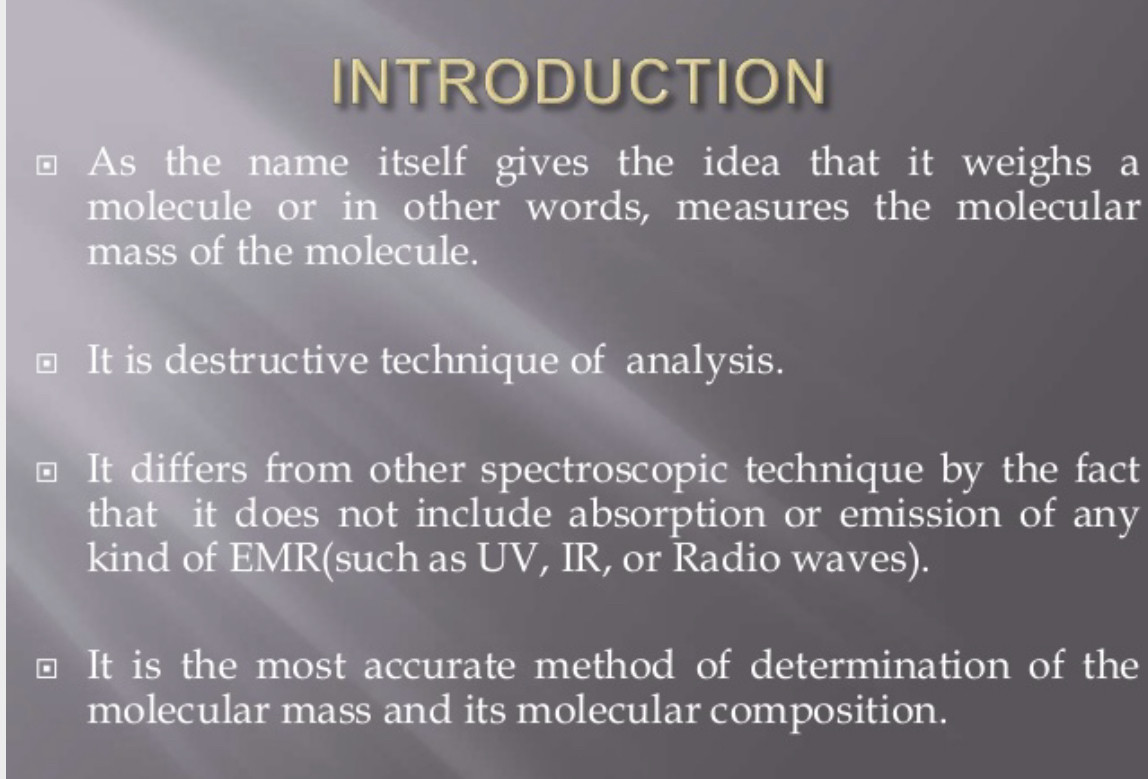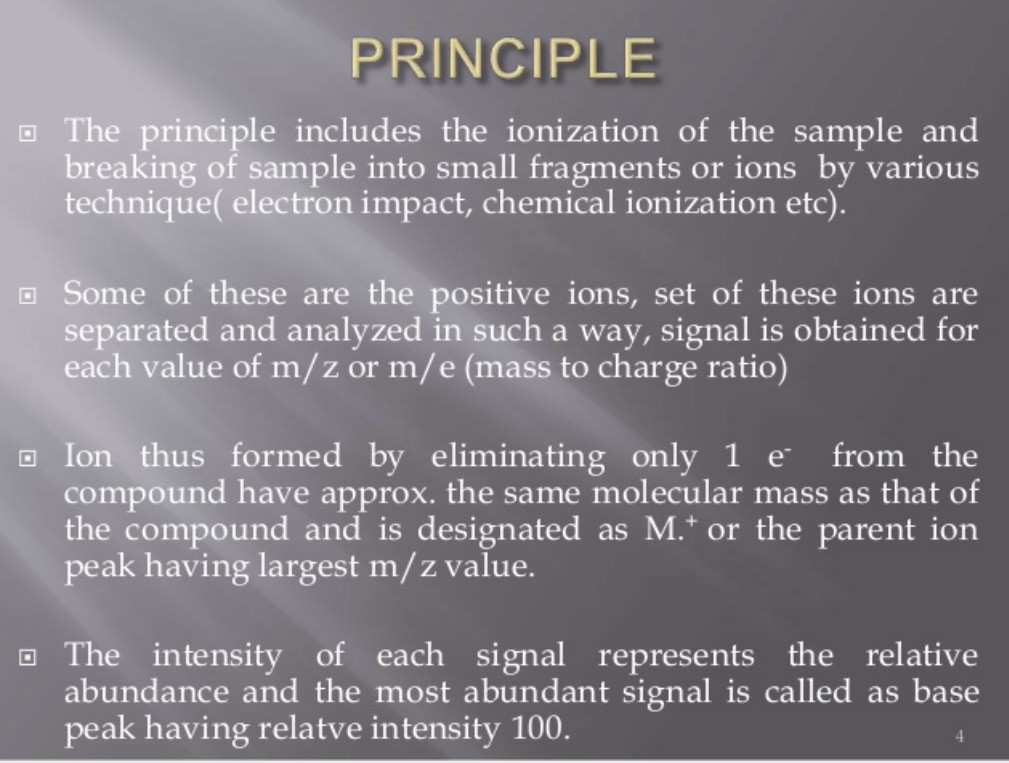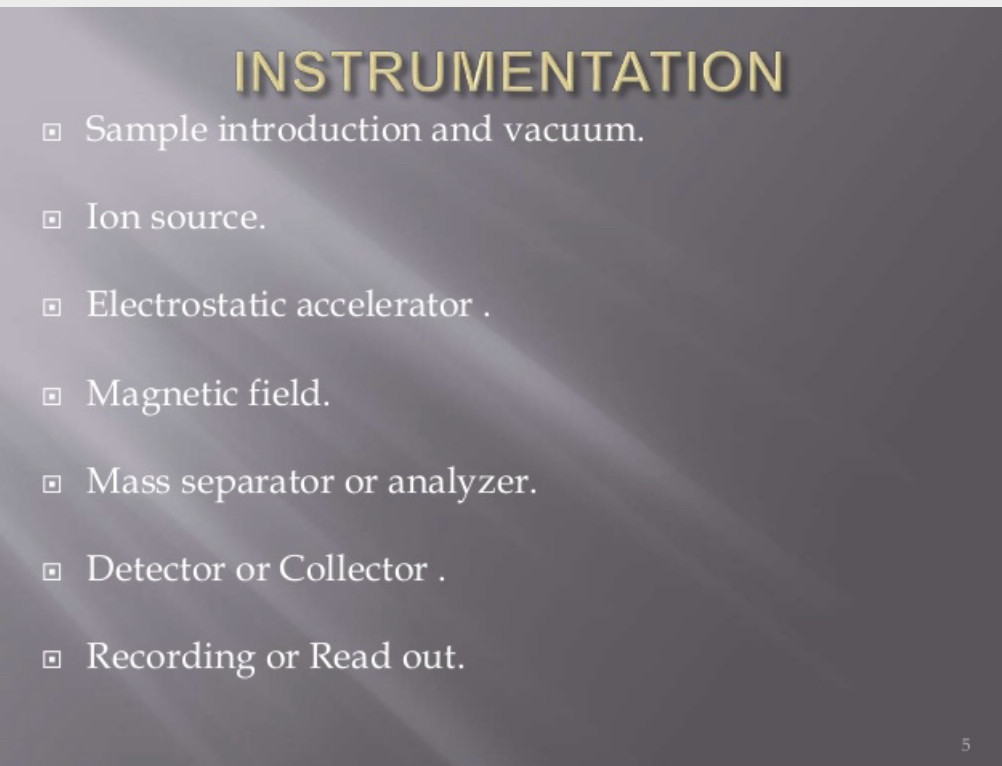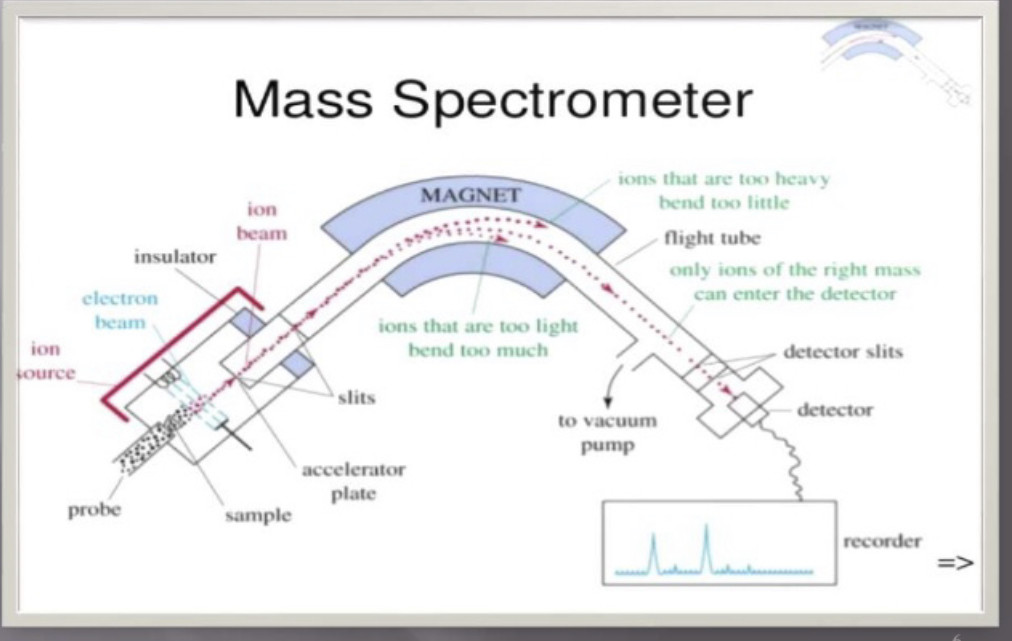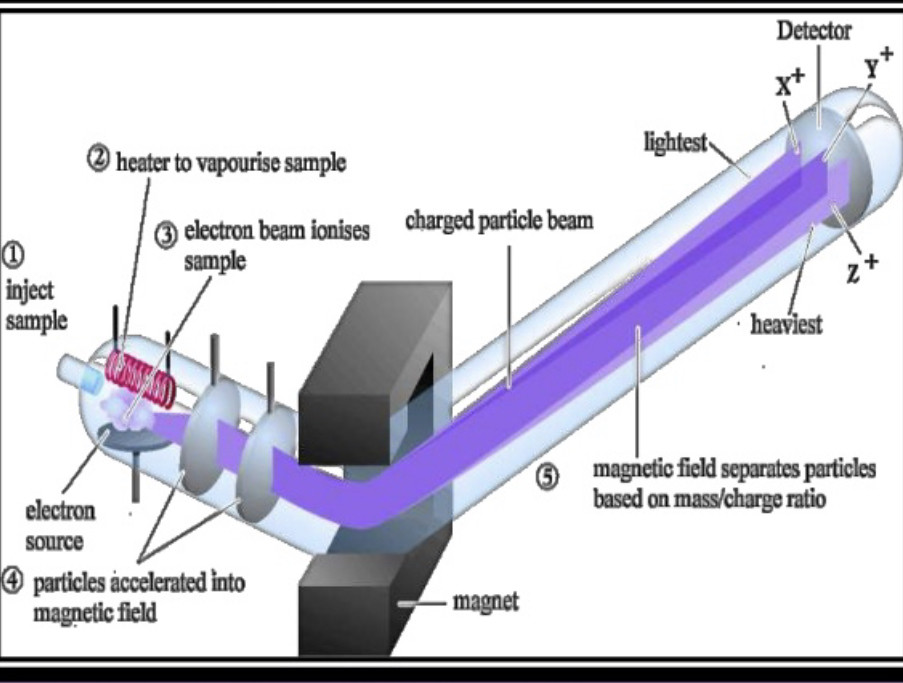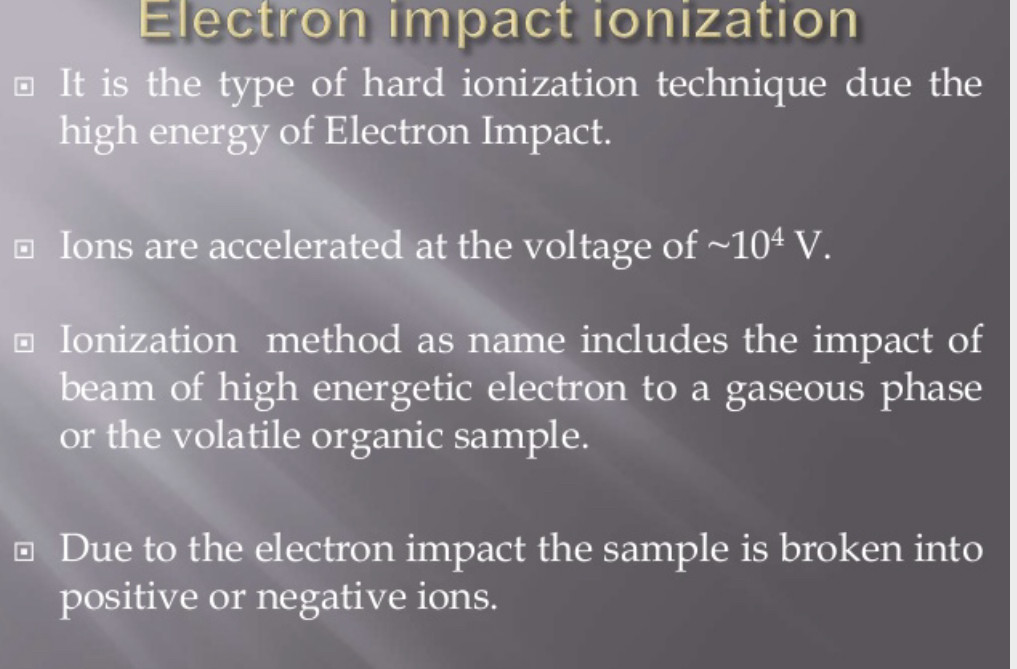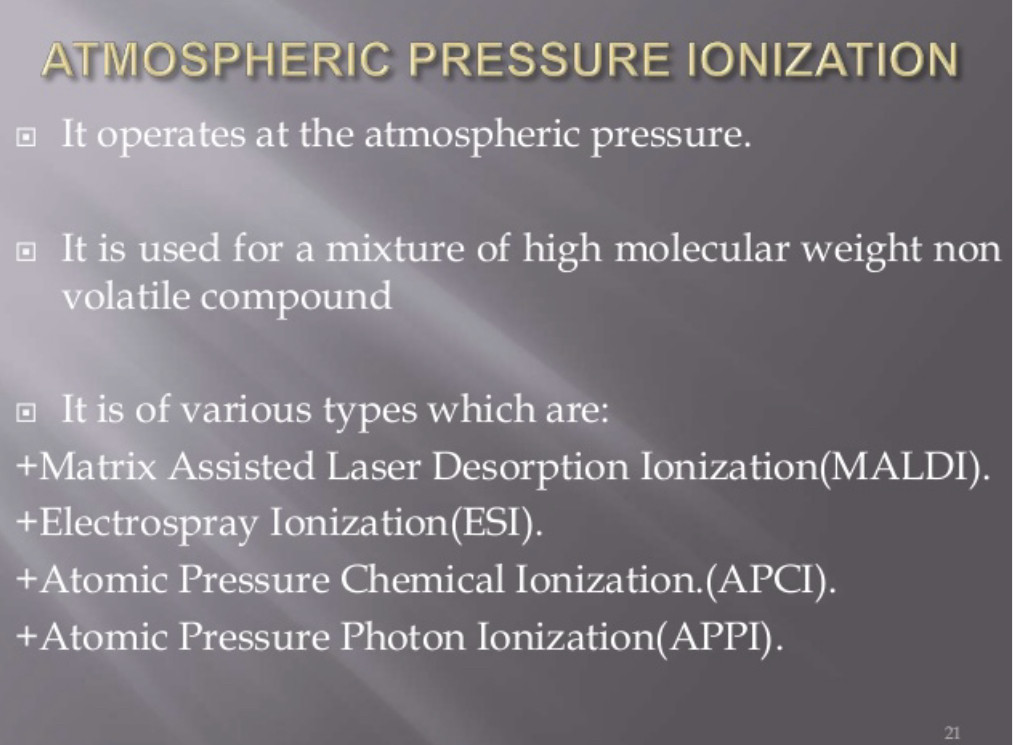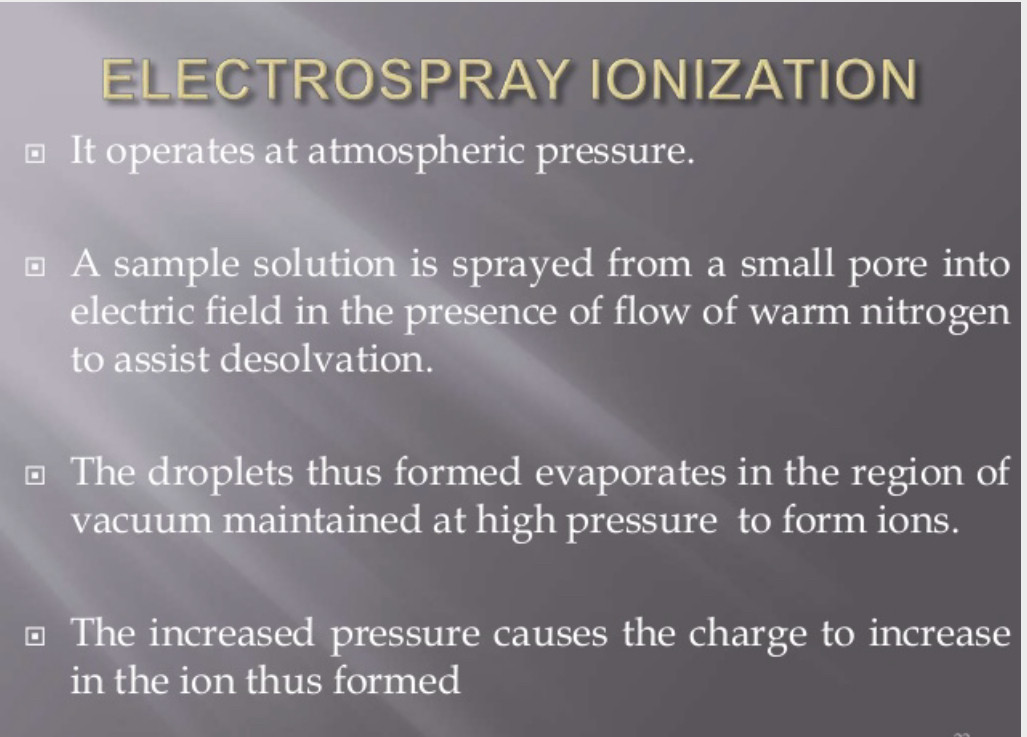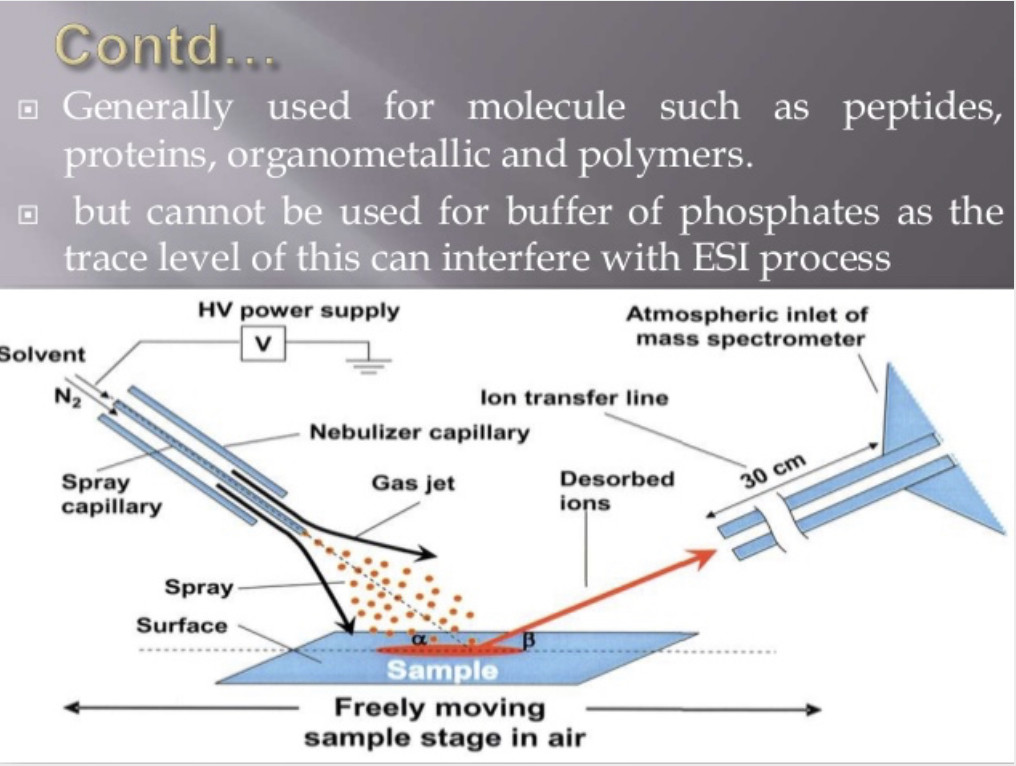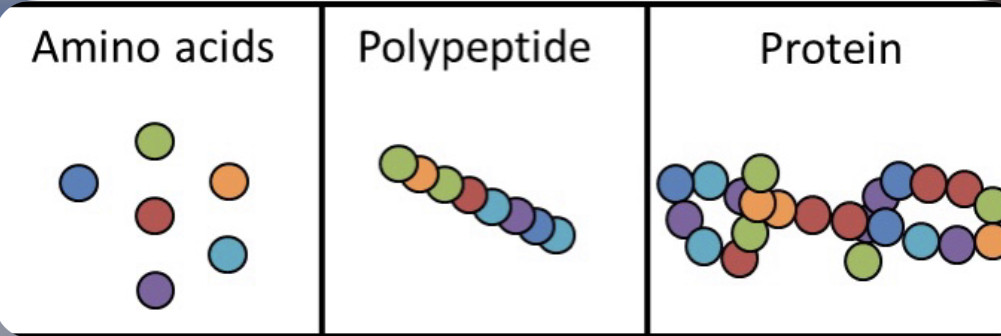Boris Johnson just stated "Mass vaccinations"?
Taking the piss out of the people again by way of mocking?
Magnet-assisted transfection is a transfection method which uses magnetic interactions to deliver DNA into target cells. Nucleic acids are associated with magnetic nanoparticles, and magnetic fields drive the nucleic acid-particle complexes into target cells, where the nucleic acids are released.
Nanoparticles used as carriers for nucleic acids are mostly iron oxides.[3] These iron oxides can be generated by precipitation from acidic iron-salt solutions upon addition of appropriate bases. The magnetic nanoparticles have an approximate size of 100 nm and are additionally coated with biological polymers to allow loading of nucleic acids. Particles and nucleic acids form complexes by ionic interaction of the negatively charged nucleic acid and the positively charged surface of the magnetic nanoparticle.
Nucleic acids are the biopolymers, or large biomolecules, essential to all known forms of life. The term nucleic acid is the overall name for DNA and RNA. They are composed of nucleotides, which are the monomers made of three components: a 5-carbon sugar, a phosphate group and a nitrogenous base.
RNA, or ribonucleic acid, is a nucleic acid that is similar in structure to DNA but different in subtle ways.
Rhodopsin is a biological pigment found in the rods of the retina and is a G-protein-coupled receptor (GPCR). ... It belongs to opsins. Rhodopsin is extremely sensitive to light, and thus enables vision in low-light conditions.
The function of most opsins except for the photoisomerases can be divided into two parts: light absorption and G-protein activation. Most opsins function through absorption of visible light, but the chromophore retinal itself has an absorption maximum in the UV region, not in the visible region.

